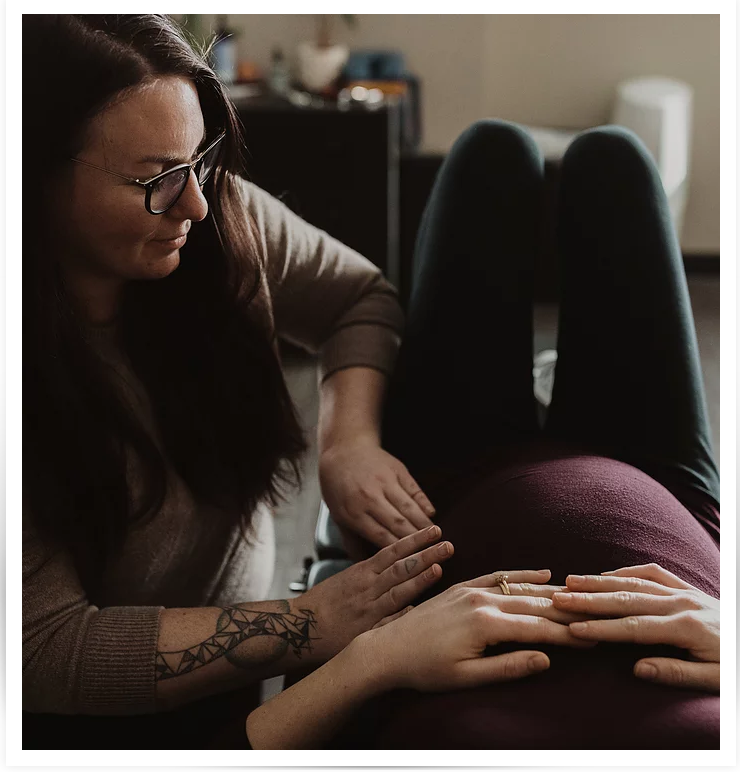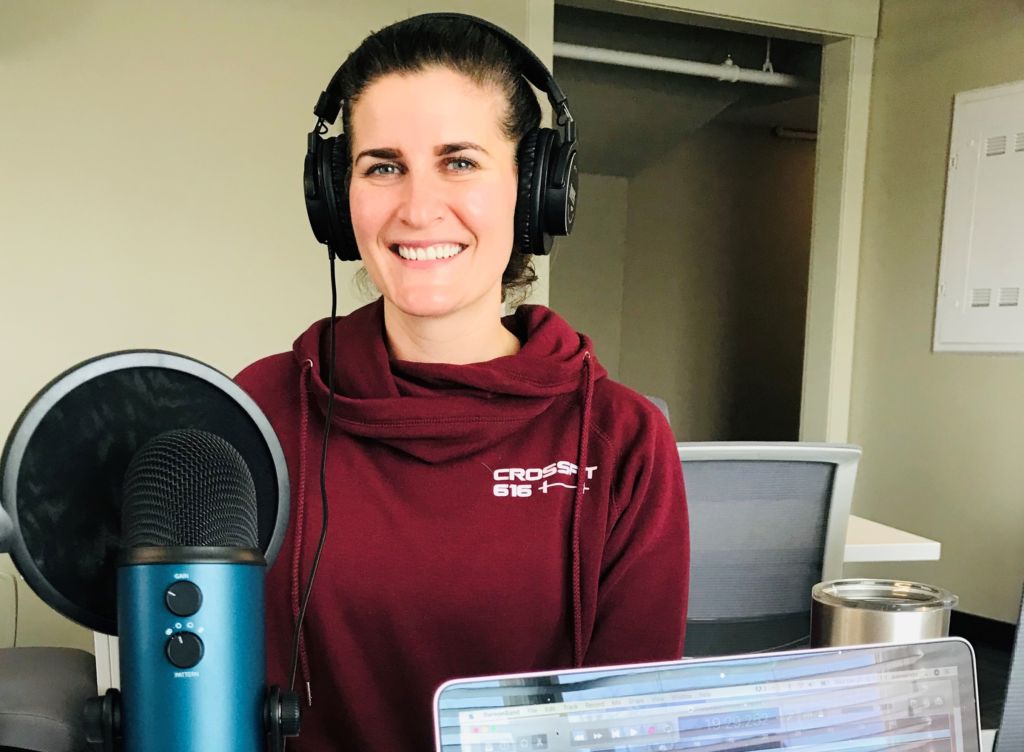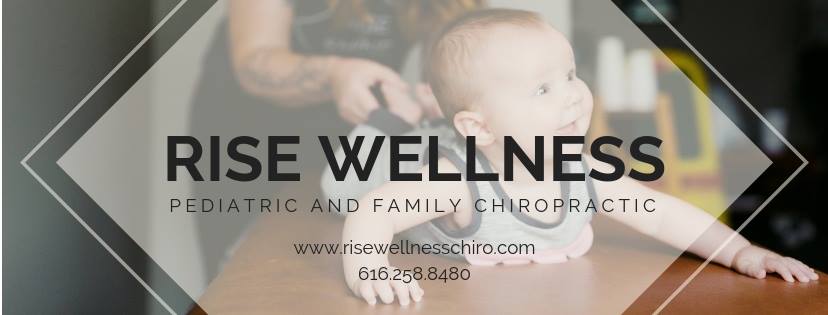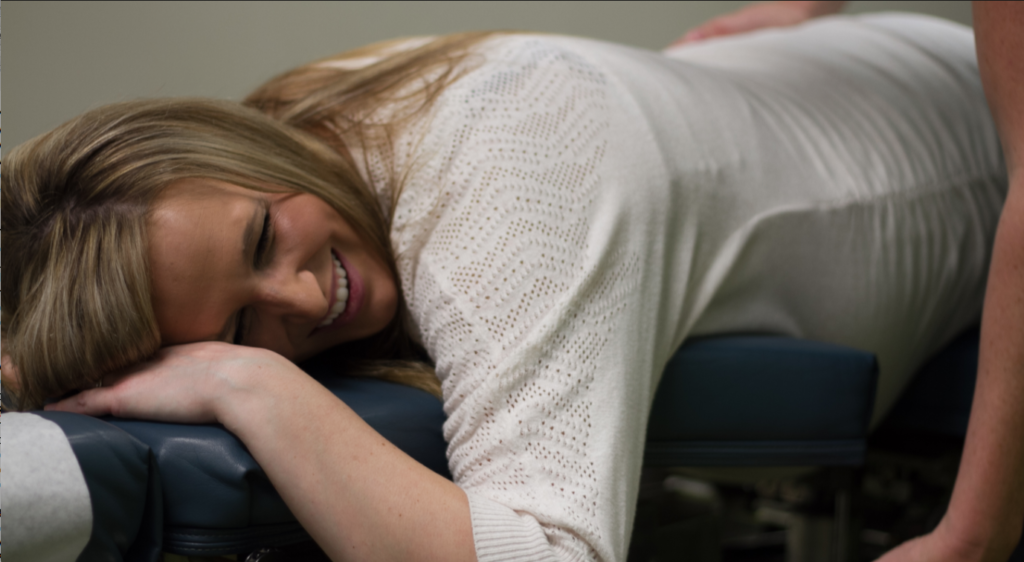Symphysis Pubis Dysfunction with Rise Wellness Chiropractic: Podcast Episode #90

Dr. Annie and Dr. Rachel talk to Alyssa about Symphysis Pubis Dysfunction (SPD), how to prevent it, how to treat it, and things every pregnant and postpartum woman should be doing! You can listen to this complete podcast episode on iTunes or SoundCloud. Hello. Welcome to another episode of Ask the Doulas. I am Alyssa, […]
Podcast Episode #69: Postpartum Fitness

Today we talk with Dr. Theresa, Chiropractor and BIRTHFIT Instructor in Grand Rapids, Michigan. We ask her about what’s safe for a pregnant and postpartum mom to be doing and why having a supportive tribe around is so important. You can listen to this complete podcast episode on iTunes or SoundCloud. Be sure to listen […]
Podcast Episode #66: Ear Infections

Today we talk with Dr. Annie and Dr. Rachel of Rise Wellness Chiropractic to learn more about ear infections. What are the signs in children and how can chiropractic care help? Can it also help adults? You can listen to this complete podcast episode on iTunes or SoundCloud. Kristin: Welcome to Ask the Doulas with […]
Podcast Episode #62: Newborn Traumas

What is birth trauma and do all babies experience it? How can you remedy it? Dr. Annie and Dr. Rachel of Rise Wellness Chiropractic give us several examples of common birth traumas, what they mean, and how chiropractic care can help. You can listen to this complete podcast episode on iTunes or SoundCloud. Kristin: Welcome […]
Chiropractic Prenatal Care

Yes, you read that right! If you just raised an eyebrow with a bit of confusion, you are not alone. Most people think Chiropractic care is mostly for neck pain, back pain, and maybe headaches. For most of my patients, that’s true. However, after we resolve their pain, some amazing things start happening. Some people […]


